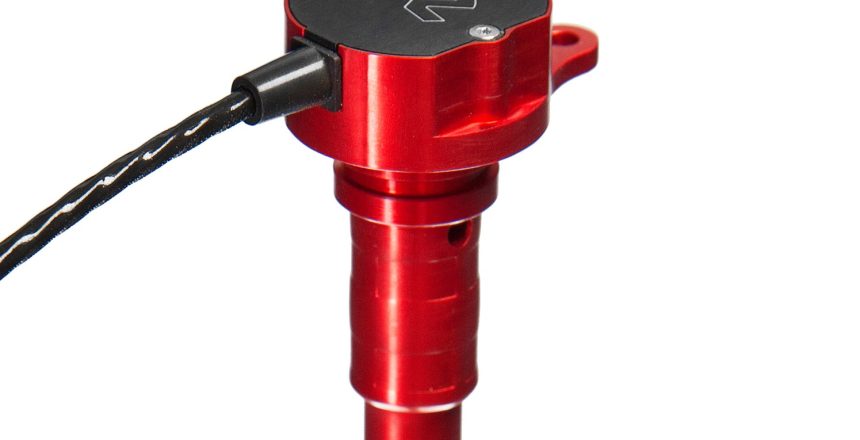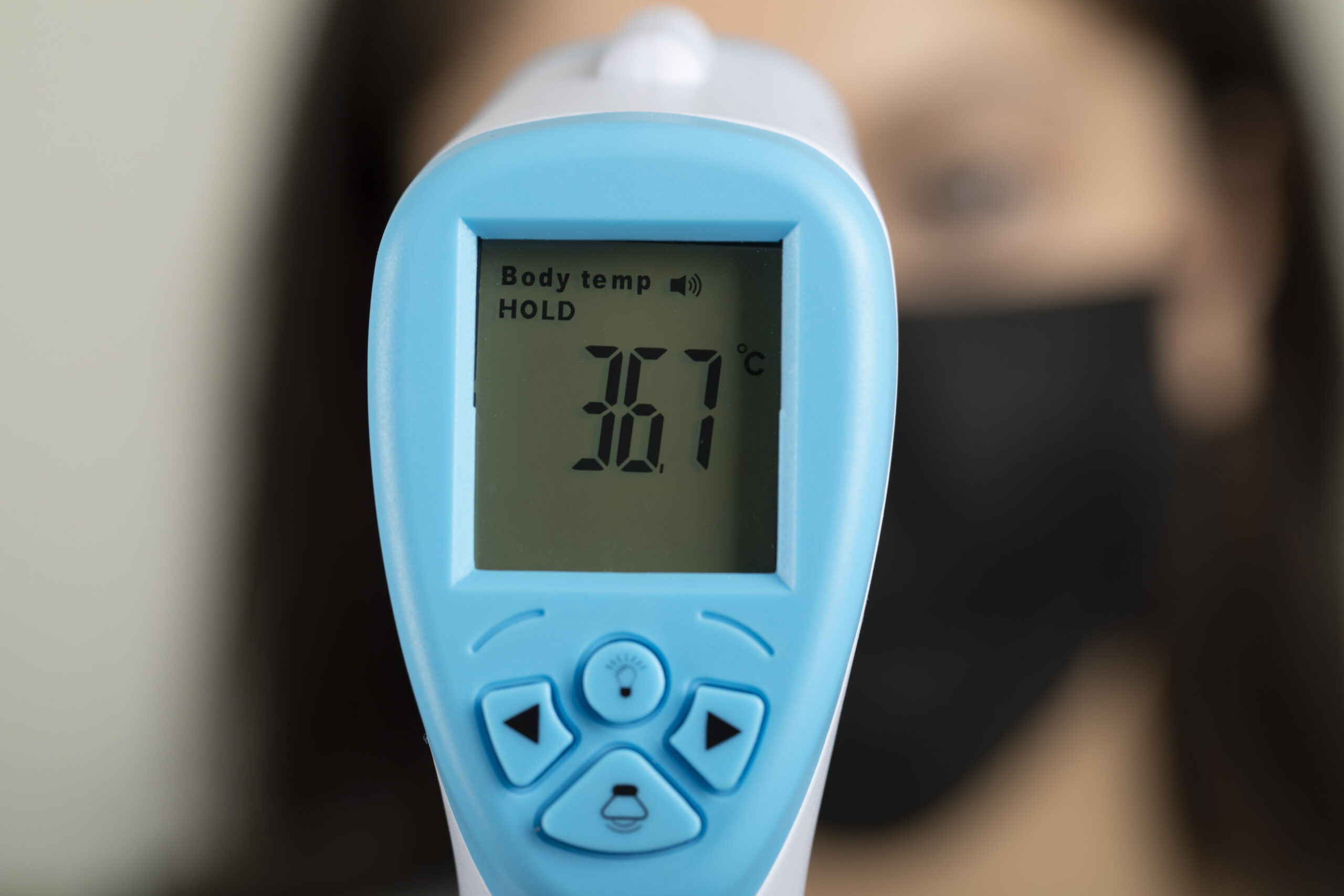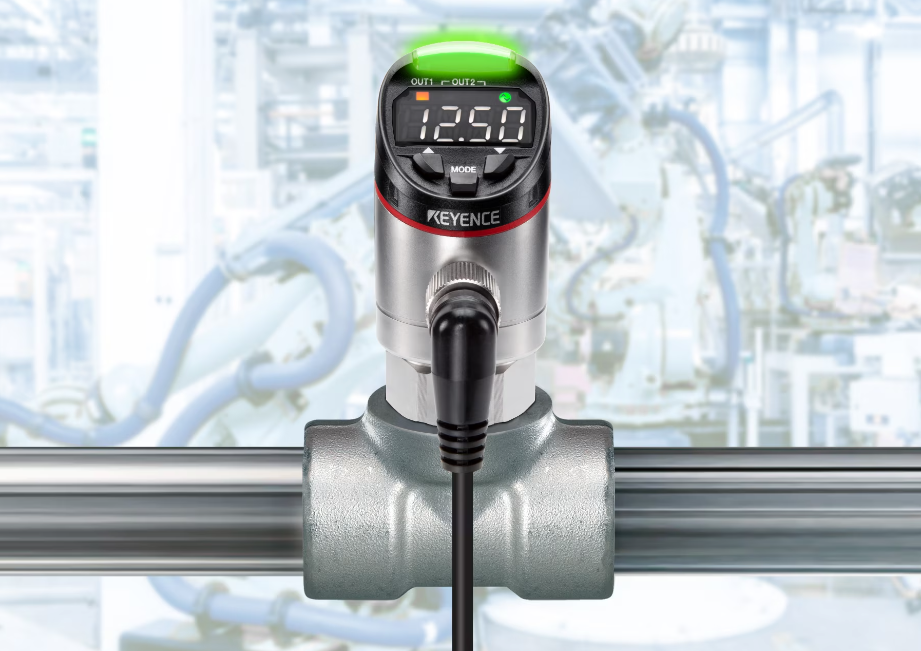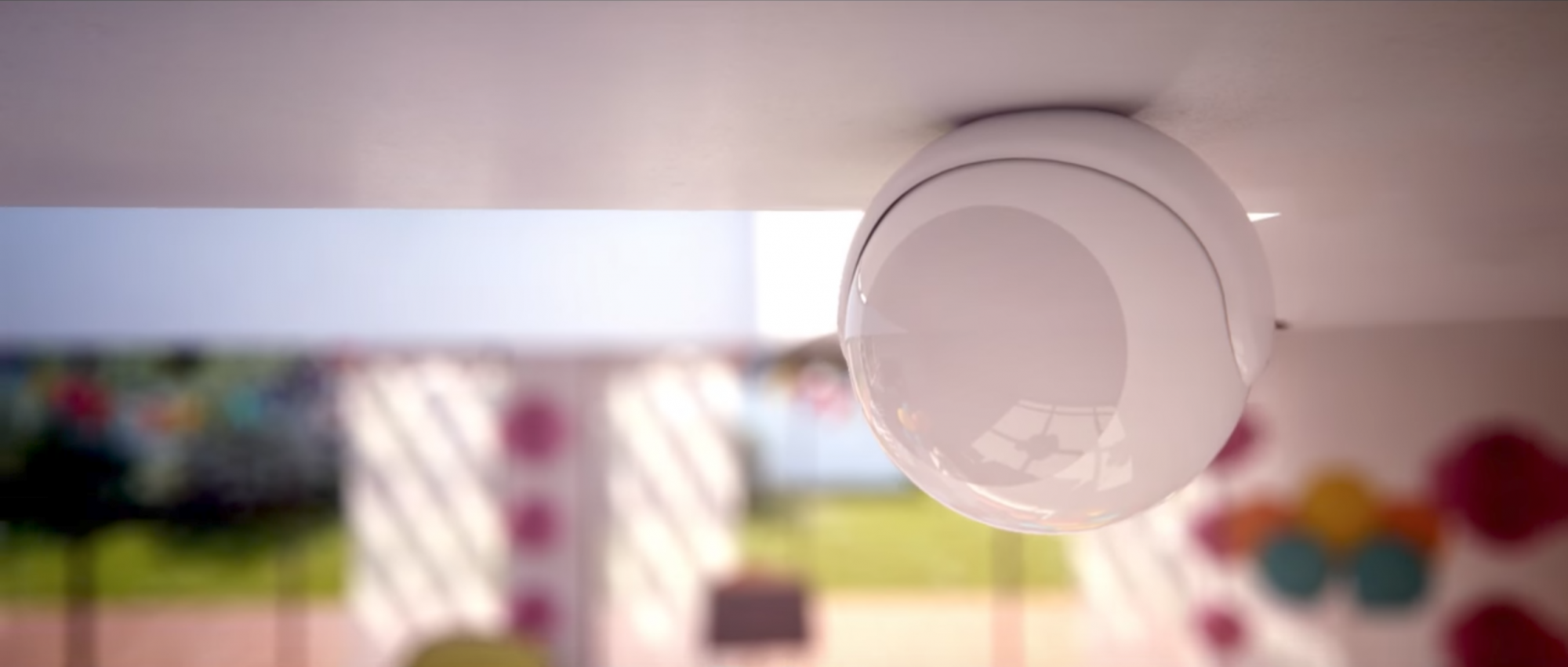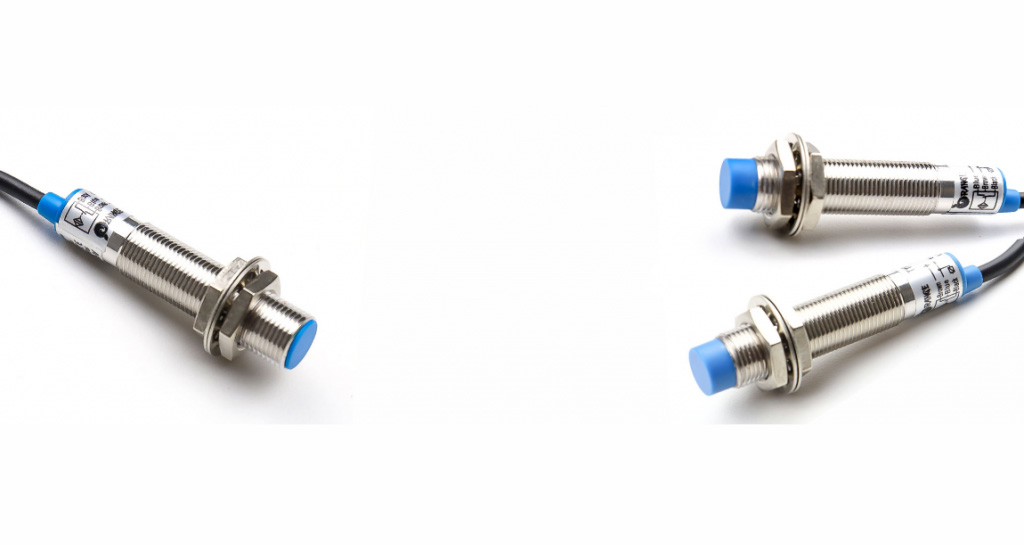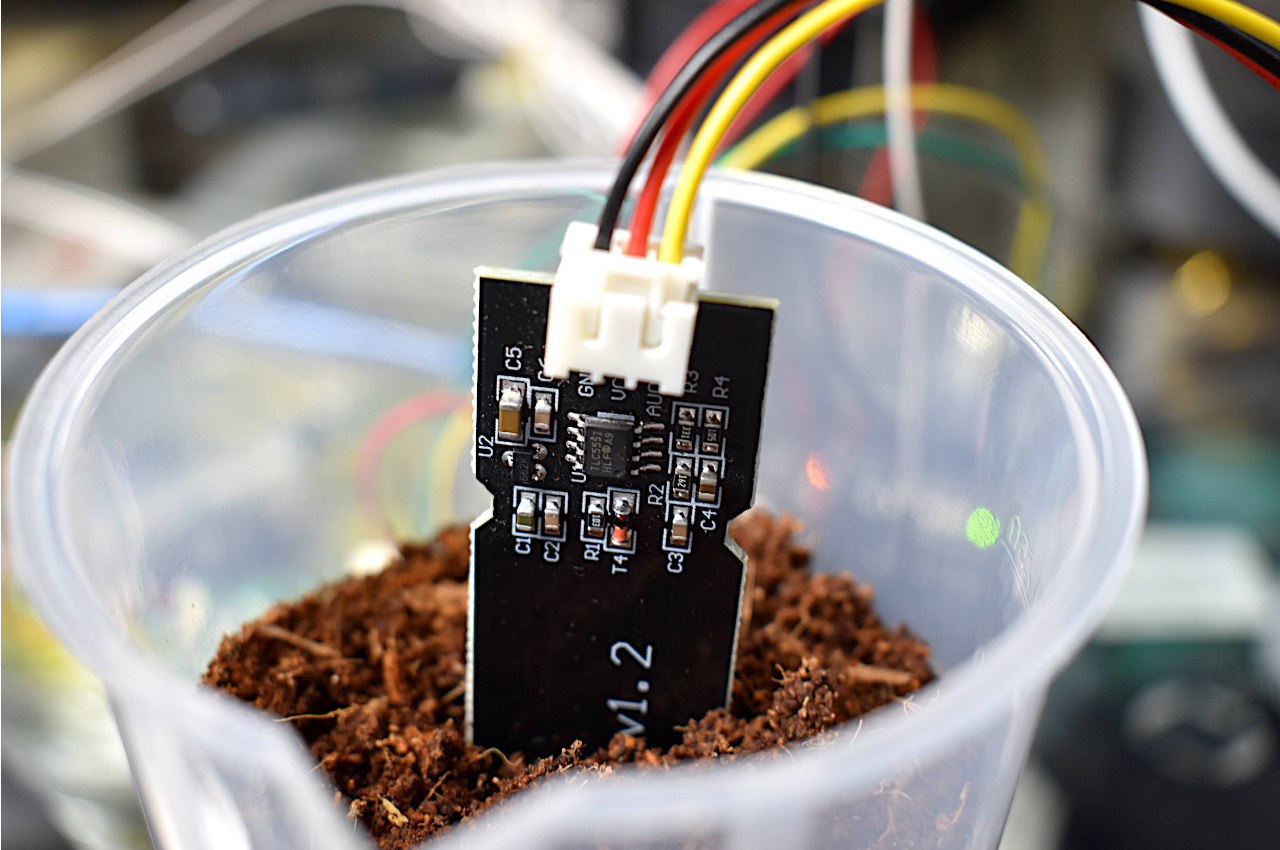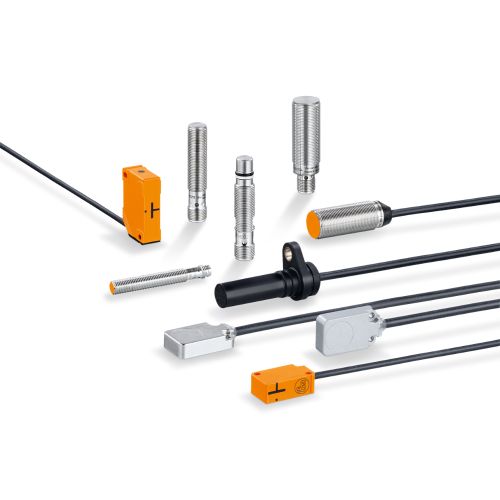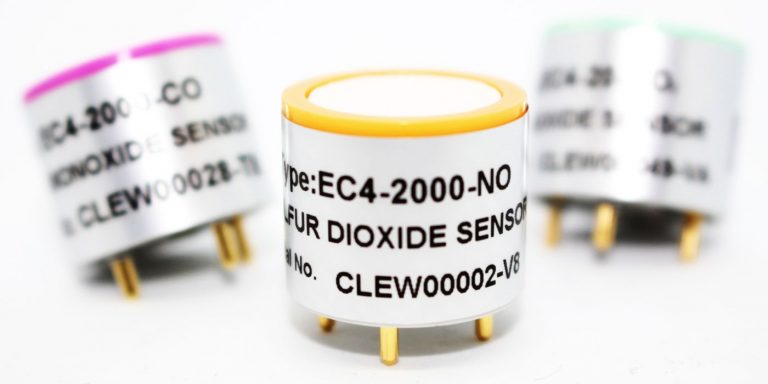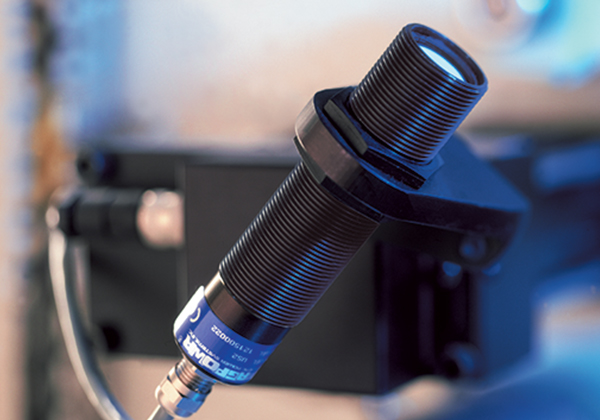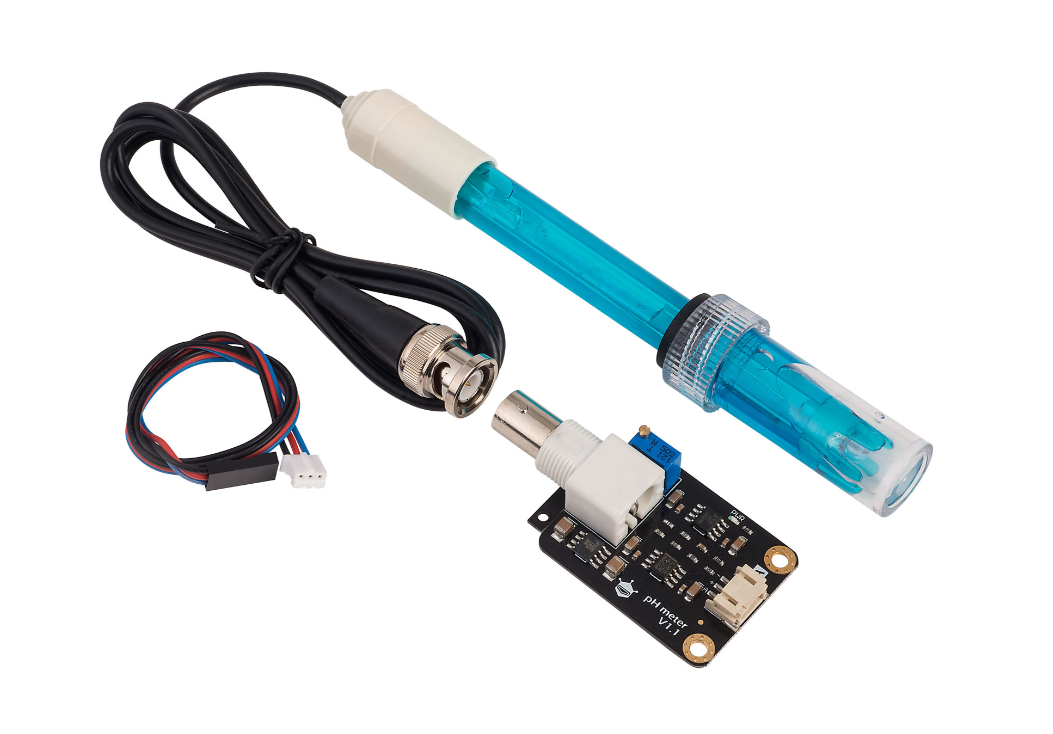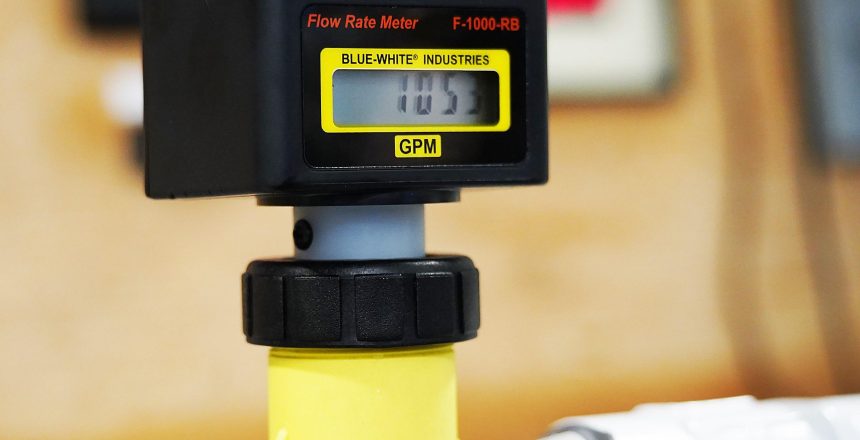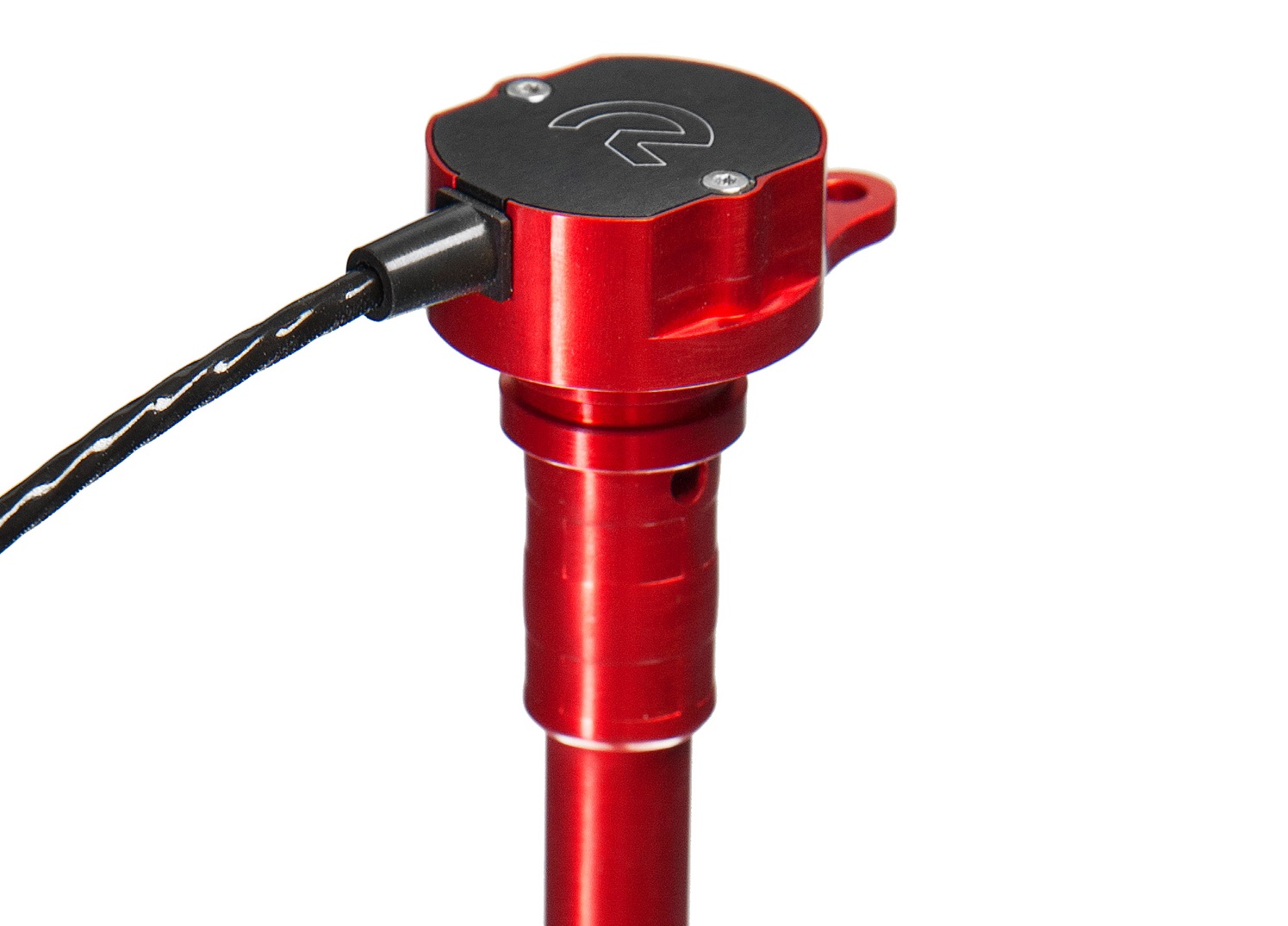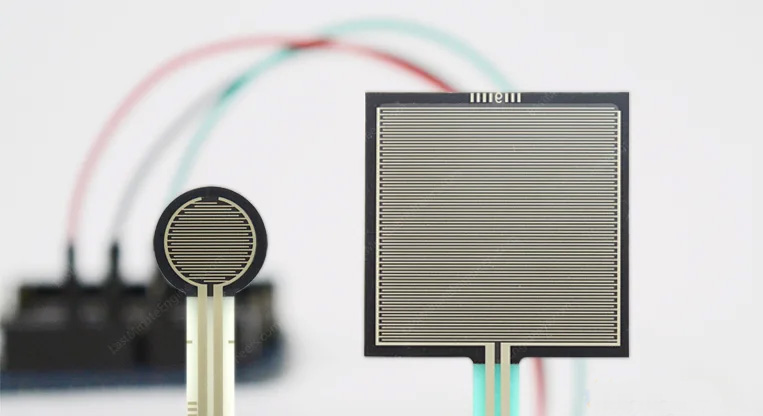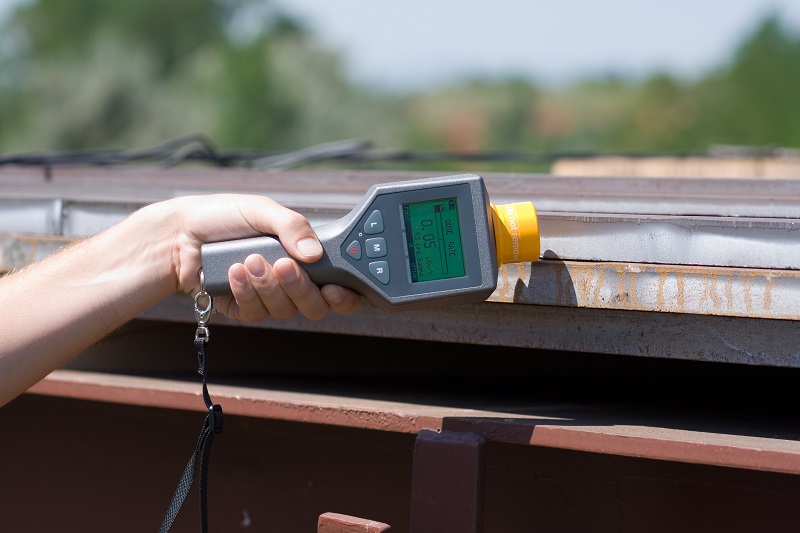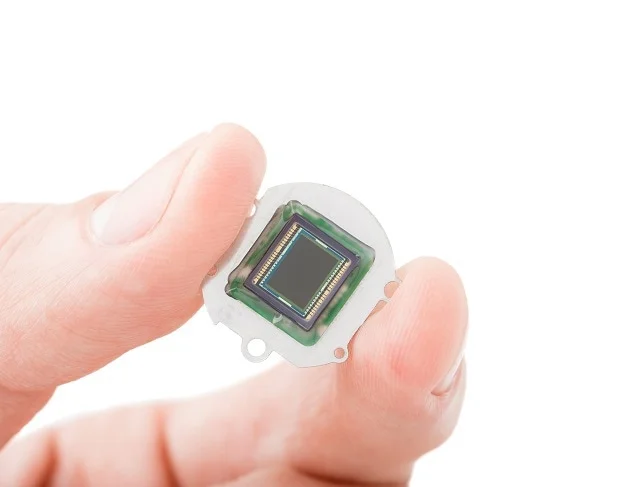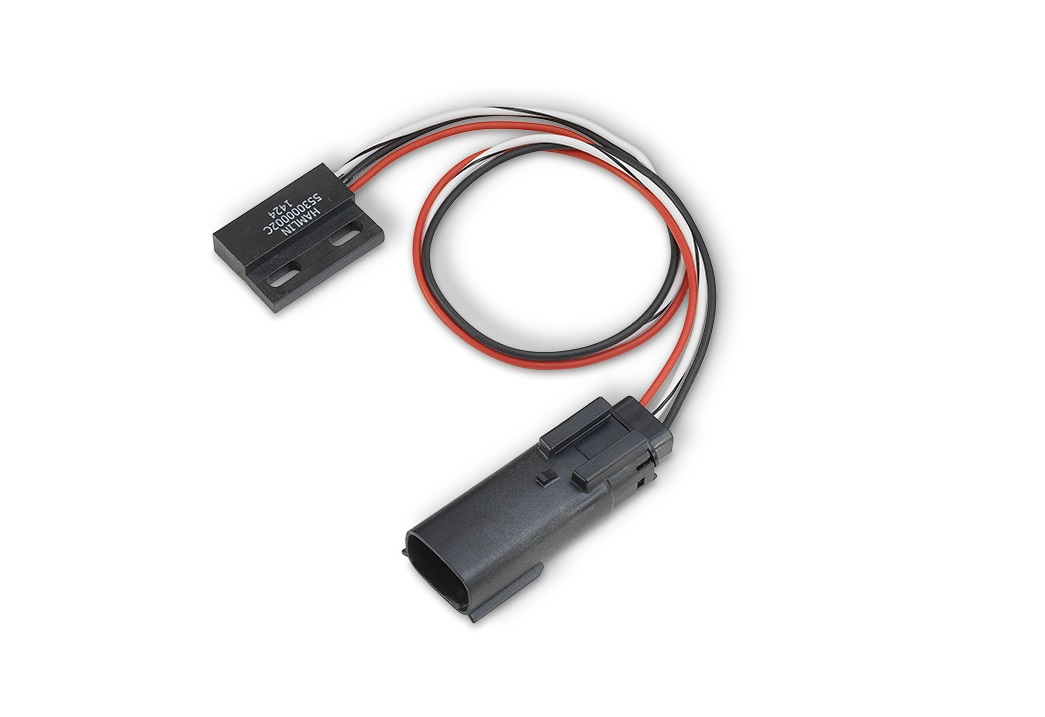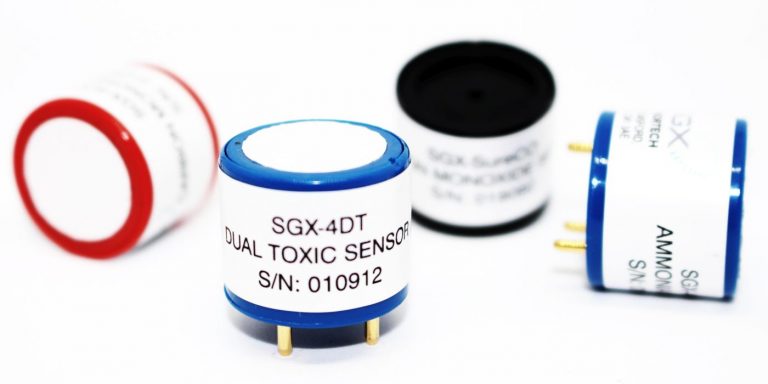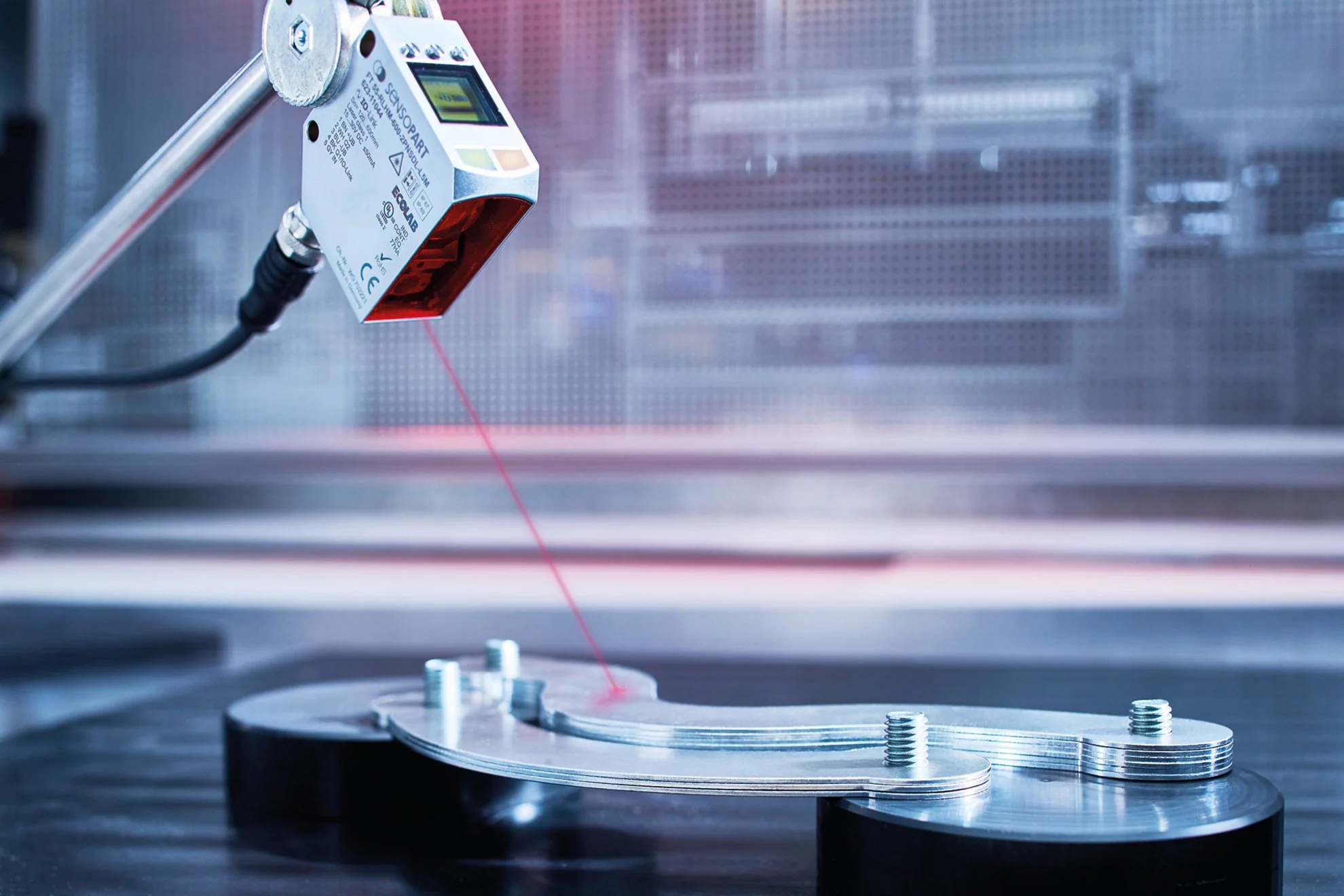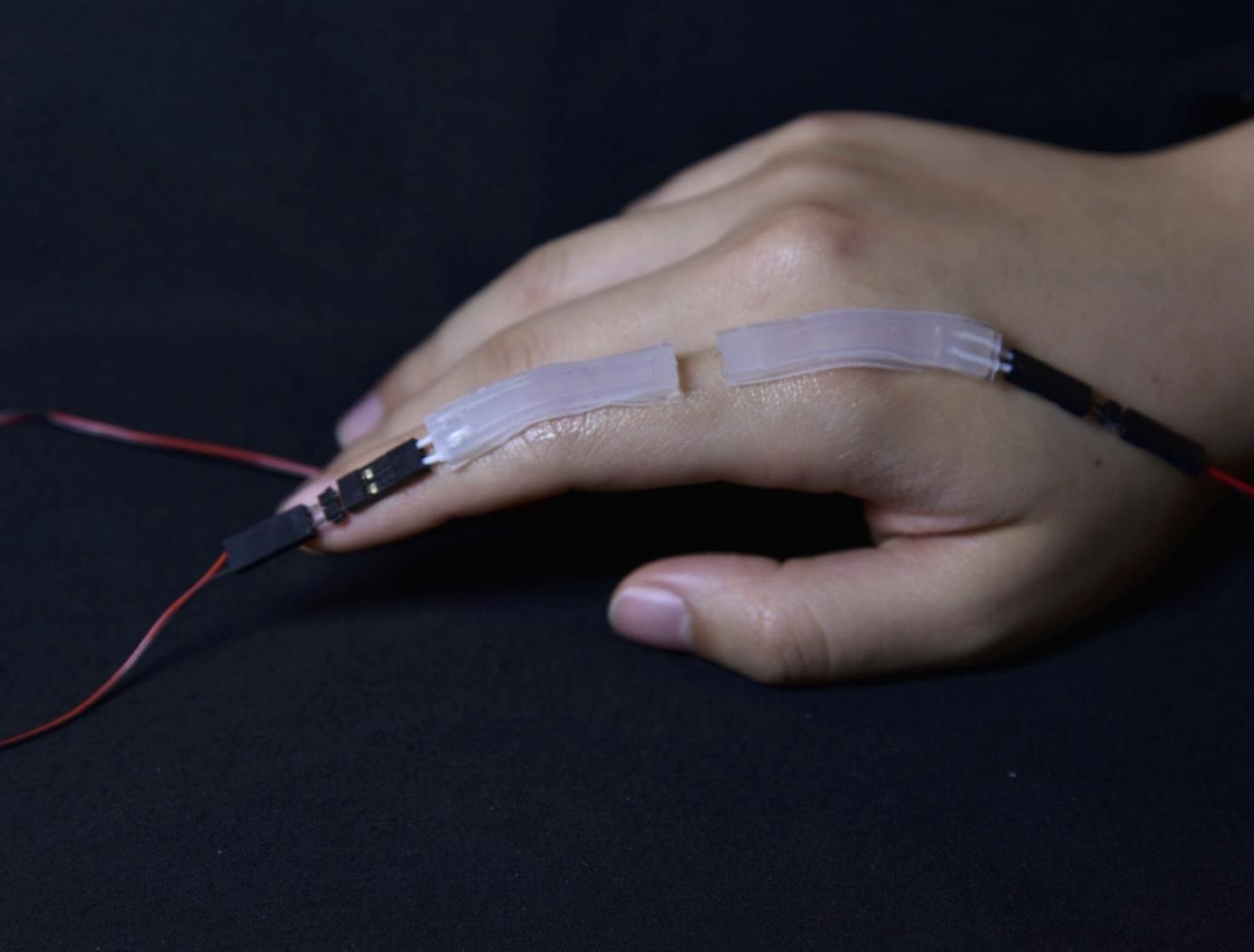
A level sensor measures the level of liquid or solid materials in tanks or containers. It is used in industries such as manufacturing, agriculture, and water management. Types include float level sensors, capacitance level sensors, and ultrasonic level sensors. Applications include tank level monitoring, liquid level control, material handling, and irrigation systems.
Level sensors are devices used to measure and monitor the level of a substance, typically a liquid or bulk material, in tanks, containers, or other storage systems. These sensors provide valuable information for process control, inventory management, and safety purposes. There are different types of level sensors such as Float level sensors, capacitance level sensors, and ultrasonic level sensors.
Each type of level sensor operates on a different principle but essentially detects the level of the substance through various means, such as mechanical, electrical, acoustic, or electromagnetic methods.
Some sensors directly measure the displacement of a float or probe, while others rely on changes in capacitance, ultrasonic echoes, or pressure variations.
Level sensors find applications in various industries, including manufacturing, water treatment, oil and gas, pharmaceuticals, food and beverages, and chemical processing.
They are used in storage tanks, silos, reservoirs, pipelines, and other containers to monitor and control the level of liquids, granular materials, or even powders.
Level sensors typically provide analog or digital output signals that can be used to trigger alarms, control pumps or valves, display the level on control panels, or integrate with automation and monitoring systems.
Level sensors are essential devices for maintaining efficient and safe operations in various industries by ensuring accurate and reliable level measurements of liquids or bulk materials.
Different types of level sensors and how they work
There are several types of level sensors available, each with its own method of measuring and detecting the level of a substance. Here are some common types:
Float Switches
Float level sensors are widely used to detect the level of liquids in tanks or containers. They consist of a buoyant float, typically made of a material with low density such as plastic, and a lever arm or rod. The float is attached to the lever arm or rod, which moves as the liquid level rises or falls.
The operation of float level sensors is based on the principle of buoyancy. When the liquid level rises, the float also rises, causing the lever arm or rod to move. As the lever arm or rod moves, it actuates a switch, either making or breaking an electrical contact. This change in the switch state indicates the level of the liquid.

Float level sensors can have different configurations depending on the specific application requirements. For example, some float sensors have multiple floats and switches to provide more precise level detection at different points. Additionally, there are variations that utilize magnetic or optical principles to detect the position of the float instead of mechanical switches.
Float switches sensors advantages and applications:
Float level sensors are a popular choice due to their simplicity, durability, and cost-effectiveness in monitoring and controlling liquid levels.
Float level sensors can be used for a variety of applications such as monitoring water levels in sump pumps, controlling liquid levels in industrial tanks, or preventing overflow in storage tanks. They are simple and reliable devices that can be easily installed and maintained.
Capacitance Level Sensors
Capacitance level sensors are devices used to measure the level of liquids or solids in containers or tanks. They operate based on the principle of changes in capacitance, which is the ability of a system to store an electric charge, as the level of the material being measured changes.
Capacitance level sensors consist of two conductive probes or plates, usually made of metal or other conductive materials. One probe is typically referred to as the “sensing” probe and is placed at the desired level to be measured, while the other probe is the “reference” probe and is placed at a fixed level, typically at the top of the tank.
When there is no material in contact with the sensing probe, the capacitance between the sensing and reference probes is at its maximum. As the level of the material being measured rises and comes into contact with the sensing probe, the capacitance changes.

The sensor circuit continuously measures the capacitance between the sensing and reference probes. As the level of the material changes, the capacitance also changes. This change is detected by the sensor circuit, which then converts it into an electrical signal proportional to the level of the material.
The electrical signal generated by the sensor circuit can be used for various applications. It can be displayed on a control panel, transmitted to a monitoring system, or used to control pumps or valves to maintain a desired level.
Capacitance level sensors advantages and disadvantages:
Capacitance level sensors offer several advantages, such as:
Non-contact measurement: Unlike float sensors, capacitance sensors do not require physical contact with the material, making them suitable for measuring corrosive or viscous liquids, as well as solids.
High accuracy: Capacitance level sensors can provide accurate measurements, especially when combined with advanced signal processing algorithms.
Wide range of applications: Capacitance sensors can be used in various industries, including chemical, food and beverage, pharmaceutical, and wastewater treatment, to monitor and control liquid or solid levels.
However, it’s important to consider factors such as the dielectric constant of the material being measured, temperature variations, and potential interference from conductive or non-conductive materials in the vicinity of the sensor, as these factors can affect the accuracy and reliability of capacitance level measurements.
Ultrasonic Level Sensors
Ultrasonic level sensors consist of two main components – a transmitter and a receiver. The transmitter emits high-frequency ultrasonic sound waves, usually in the range of 20 kHz to 200 kHz.
The transmitter sends out a short ultrasonic pulse towards the material being measured. These sound waves propagate through the air or any other medium present in the tank.
When the ultrasonic sound waves hit the surface of the material, they get reflected back towards the sensor. The receiver component of the sensor detects these reflected waves.

The sensor measures the time it takes for the ultrasonic pulse to travel from the sensor to the material surface and back. Since the speed of sound is known, the distance to the material surface can be calculated using the formula:
distance = (speed of sound) x (time of flight) / 2
The calculated distance is then converted into the level of the material in the container or tank. This information can be displayed on a control panel, transmitted to a monitoring system, or used to control pumps or valves for level maintenance.
Ultrasonic level sensors advantages and disadvantages:
Non-contact measurement: They do not require physical contact with the material, making them suitable for measuring corrosive or hazardous substances.
Wide range of applications: Ultrasonic level sensors can be used for liquids, solids, and even granular materials in various industries including wastewater treatment, chemical processing, food and beverage, and oil and gas.
High accuracy: With advanced signal processing algorithms and technologies, ultrasonic level sensors can provide accurate measurements even in challenging environments.
It’s important to consider factors such as temperature variations, potential interference from obstructions or foam, and the presence of multiple reflective surfaces within the tank, as these factors can affect the accuracy and reliability of ultrasonic level measurements.
Level sensors are essential devices for maintaining efficient and safe operations in various industries by ensuring accurate and reliable level measurements of liquids or bulk materials.


